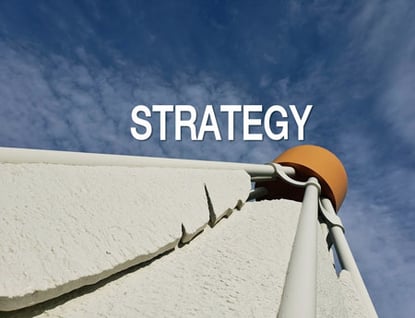One reason strategic thinking doesn’t take place is that there isn’t a clear understanding of what strategic thinking is. As a result, ill-fated attempts to be “strategic” fall short, creating a reluctance to deal with strategy.
It helps to start with a simple definition of “strategic thinking” to serve as a guide: Addressing Things that Matter with Insight & Innovation.
There are three important elements in the definition that shape great strategic thinking.
“Things that Matter” – Strategic thinking focuses on fundamental opportunities & issues driving the business, not on far away things that are irrelevant to moving the business ahead. To do this successfully, you have to:
- Understand the Overall Business & Direction – What’s important to the business and its customers – past, present, & future? There are various questions whose answers identify this, but one of the best is, “What are we trying to achieve?” You can always return to this question to re-set a tactic-oriented discussion.
- Realize there are Various Strategic Viewpoints - What’s strategic can differ on whether your view is company-wide, departmental, functional, or personal. Clearly identify which view your strategic thinking is addressing.
- Take “Time” Out of Your Definition of Strategic – Strategic issues can take place this afternoon just as easily as in the future; just because something’s years from now doesn’t necessarily make it strategic. If you don’t realize this, you’ll never get to strategic discussions because the pressing issues of the business (which may be hugely strategic) are considered to be tactical concerns that need to be solved right away without a lot of thinking getting in the way.
- Use Exercises Designed to Help Tackle Challenging Issues - Using the types of strategic thinking exercises we’ll cover later will help neutralize traditional (potentially biased) perspectives, reducing unproductive politics and blind spots that stifle strategic thinking.
“Insight” - Strategic thinking starts with relevant insights. Combine & analyze diverse information from various sources (especially external data) and identify relationships that can lead to dramatic impacts. You can start by assessing your strengths, weaknesses, opportunities, and threats.
“Innovation” - One of the best approaches to project future relevant events is to consider multiple perspectives and think through a full range of possibilities that may develop. Once again, there are simple question-based exercises that can help foster a more innovative look at the business.
There’s the outline for what successful strategic thinking encompasses. Next, we’ll cover elements to help awaken strategic thinking in your business.


